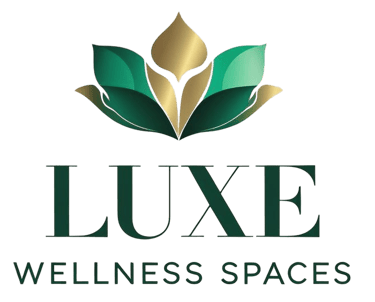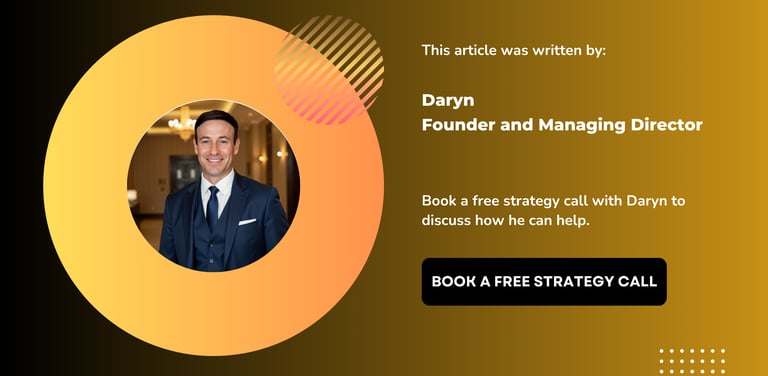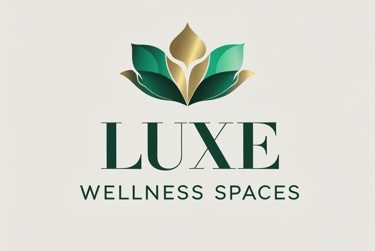Wellness and Longevity Hotels: The Next Big Advantage
Wellness and longevity hotels are surging. See what guests want now, how to stand out, and how to build outcome-led programs that lift revenue.
Daryn Berriman
9/23/20256 min read
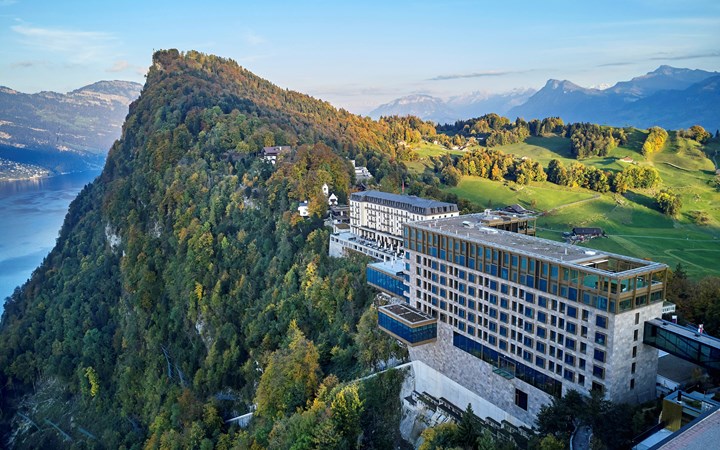

Wellness and longevity hotels are moving from spa add-ons to outcome-led stays that blend diagnostics, movement, recovery, and nature. Demand and recognition are rising fast, creating a prime window for brands to stand out with credible programs guests can feel during the trip and continue at home.
Key facts:
• The wellness economy reached $6.3 trillion in 2023, with 7.3% projected annual growth through 2028 (Global Wellness Institute, Nov-2024).
• Wellness tourism is forecast to hit about $1 trillion in 2024 and $1.4 trillion by 2027 (Global Wellness Institute, Nov-2023).
• International wellness travelers spent 36% more per trip than typical international tourists in 2023; domestic wellness travelers spent 163% more (GWI, Nov-2024).
• Michelin introduced a new Wellness Award alongside its global MICHELIN Key hotel distinctions, with winners to be revealed Oct 8, 2025 in Paris (MICHELIN Guide and Michelin Media, Jul–Aug 2025).
• Hotels with wellness programs outperformed on revenue metrics in 2023; luxury “major wellness” hotels achieved roughly 3x TRevPAR of upper-upscale peers, while upper-upscale led ADR and TRevPAR growth (RLA Global/HotStats, Jun-2024).
Guests are not booking rooms. They are booking better sleep, lower stress, and a reset they can take home. If you lead a hotel or a mixed-use project, this is your edge for the next five years.
Wellness and longevity hotels are surging because travelers want measurable outcomes, not just amenities. The category now includes stays with light diagnostics, movement coaching, recovery circuits, nutrition support, and nature immersion, often extended through follow-ups after checkout. Third-party validation is catching up. Michelin’s hotel Keys now sit beside a new Wellness Award, and global wellness spending has hit record levels. The opportunity is to design programs that guests feel in 24 to 72 hours, that align with credible science, and that fit your location and brand. Do this with integrity, and you can command rate, length of stay, and loyalty, while building a story that performs across channels and wins search intent.
What is really changing?
For years, wellness meant a nice spa and a better pillow. Today, the stay itself is the intervention. A day might start with mobility and breathwork, include a contrast therapy circuit, a coach-led trail session, and close with a sleep routine you can repeat at home. The vibe is warm and human, not clinical. Good programs meet people where they are, show small wins early, and avoid over-promising.
Why is this a big brand opportunity?
Three forces are converging. First, demand and spend are up. Wellness tourism is growing faster than general travel, with big spend premiums per trip. Second, recognition is codifying standards. Michelin’s Keys and Wellness Award make excellence legible to consumers and media. Third, owners need new stories and revenue mixes as traditional RevPAR growth softens in many markets. Wellness gives you reasons to return and reasons to share.
In 2023, properties categorized as “Minor Wellness” in the RLA Global/HotStats study posted a 26% average increase in TRevPAR from 2022, while luxury “Major Wellness” hotels delivered the highest TRevPAR overall. An upper-upscale resort that shifted from a basic spa to a small, structured recovery program with nature-led movement could reasonably aim to mirror performance in that range if it prices and staffs well. The lesson is simple. You do not need a medical wing to unlock value. Start with a focused outcome and a tight guest journey, then scale.
Not every guest wants biohacking gear, and not every market will support heavy clinical claims. Over-medicalizing hospitality can erode the magic of a getaway and expose operators to compliance headaches. The safest wins come from evidence-informed basics that guests understand at a glance: sleep, movement, heat and cold, nutrition, sunlight, and nature time. Layer technology only where it clearly improves the experience.
Ideas and concepts to consider:
• Own one outcome. Examples: “Sleep reset,” “Stress recovery,” or “Metabolic tune-up.”
• Make nature a co-therapist. Trails, sea swims, green views, open-air breathwork.
• Build a recovery loop. Sauna or steam, cold immersion, compression, quiet lounge.
• Add light diagnostics guests accept. Sleep tracking, simple mobility screens, HRV.
• Tie dining to the program. Clear menus, time-restricted dining windows, tea rituals.
• Close the loop after checkout. A 30-day follow-up with a coach or app keeps the story going.
• Design social moments. Small-group classes and rituals create accountability and referrals.
• Train for empathy. Hire for warmth, teach for outcomes, script for plain language.
Checklist you can apply:
Define the one outcome your property can deliver within 48 hours.
Map the guest day. Insert a morning movement habit, a midday recovery ritual, and a wind-down routine.
Audit your spa. What can become a protocol, not a menu item.
Choose one simple measure of progress guests will see, like sleep score or range of motion.
Pair every service with a take-home habit.
Collect feedback fast. Short in-stay pulse surveys beat end-of-trip forms.
Common mistakes and how to fix them:
• Mistake: Chasing every gadget. Fix: Add tech only where it improves a clear protocol.
• Mistake: Vague language. Fix: Replace fluff with plain outcomes and timeframes.
• Mistake: Clinical tone. Fix: Keep the feel human and restorative.
• Mistake: No continuity. Fix: Build a simple 30-day plan with one check-in.
• Mistake: Overpromising longevity. Fix: Stick to lifestyle wins and cite credible partners.
• Mistake: Building rooms before programs. Fix: Prototype the guest day with pop-ups first.
Glossary:
• Wellness tourism: Travel to maintain or enhance personal wellbeing, including spa, nature, movement, and recovery experiences.
• Longevity program: A set of services aimed at improving health span, often focused on sleep, stress, metabolic health, and recovery.
• Recovery circuit: A guided sequence like heat, cold, compression, and rest to reduce strain and boost adaptation.
• HRV: Heart rate variability, a simple signal of stress and recovery balance.
• TRevPAR: Total revenue per available room, a hotel KPI that includes rooms and ancillary revenue.
• MICHELIN Key: Hotel distinction at one, two, or three levels, signaling outstanding stays.
• MICHELIN Wellness Award: A new award recognizing hotels that put wellbeing at the heart of the stay.
• Minor vs Major Wellness: RLA Global categories indicating the share of revenue from wellness and the scope of facilities.
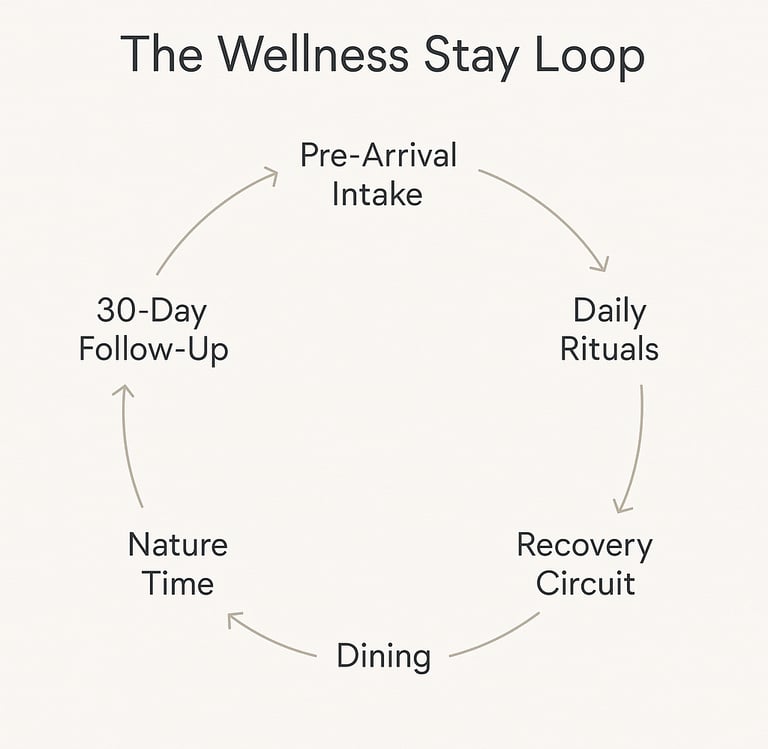

FAQs
Q1) What is the difference between a wellness hotel and a longevity hotel?
A wellness hotel offers services that help guests feel better during the stay. A longevity hotel goes further by structuring programs around sleep, stress, movement, and recovery with simple measures like sleep scores and follow-ups after checkout. The best examples still feel welcoming and non-clinical.
Q2) Is demand big enough to justify investment now?
Yes. The wellness economy reached $6.3 trillion in 2023, and wellness tourism is forecast to approach $1 trillion in 2024 on a path to $1.4 trillion by 2027, with travelers spending more per trip than average. This supports rate and ancillary revenue when programs are designed well.
Q3) Do I need doctors on site?
Not necessarily. Many winning concepts focus on lifestyle outcomes with coach-led movement, recovery, and sleep routines. If you add clinical services, align with licensed partners and local regulations, and keep language clear and conservative.
Q4) How do I start without rebuilding my spa?
Pilot a single outcome, such as better sleep. Train staff on a simple evening routine, add a contrast therapy loop, create a sleep-friendly room kit, and offer a 30-day plan post-stay. Measure attach rate, guest satisfaction, and repeat bookings.
Q5) What metrics should I track?
Track ADR, TRevPAR, capture rate for programs, average length of stay, NPS, and one outcome metric guests can see, such as a sleep score change. Industry data shows wellness-forward properties can lift TRevPAR and rate when programs match the market.
Q6) Is Michelin’s move relevant outside luxury?
Yes. The MICHELIN Key and the new Wellness Award raise consumer awareness at all price points. Even select-service or upper-upscale properties can stand out with focused, human programs tied to nature, sleep, and recovery.
Q7) What is the risk of over-medicalizing?
Guests may feel intimidated or skeptical. Start with high-trust basics, keep claims modest, and make staff training a priority. Technology is useful when it supports a clear guest journey, not when it becomes the story.
Q8) Where is the growth coming from?
Growth is broad-based across regions, with rising consumer interest and institutional recognition. GWI reports strong recovery and forecasts above-GDP growth for the wellness economy through 2028.
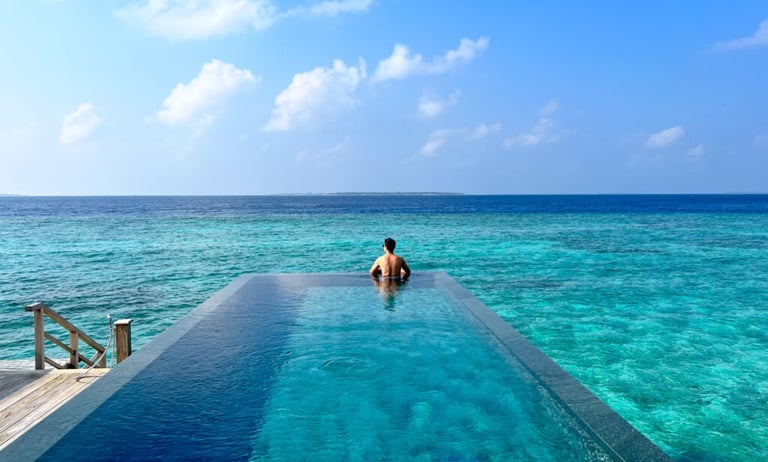

Do you require specialist assistance with a new wellness project, or seeking to improve the operation of your existing space? Book a free strategy call to discover how unique wellness experiences can transform your property into a destination guests choose over competitors.
Further reading on our blog: 'Africa’s Wellness Travel Boom'
• Explore our Spa & Wellness Consultancy to scope project phases and services.
• See how we structure Fitness and Leisure concepts before you commit to equipment.
• Developers and luxury homeowners can review Home Wellness Spaces for private suites and villas.
• Learn why Luxe Wellness Spaces blends design, operations, and growth under one roof.
• View a Concept-to-Launch case study that hit break-even in 90 days.
About The Author
Daryn Berriman is the Founder and Principal Consultant of Luxe Wellness Spaces, a consulting-led studio blending operational expertise and design excellence to create wellness businesses that perform, and spaces that guests love.
